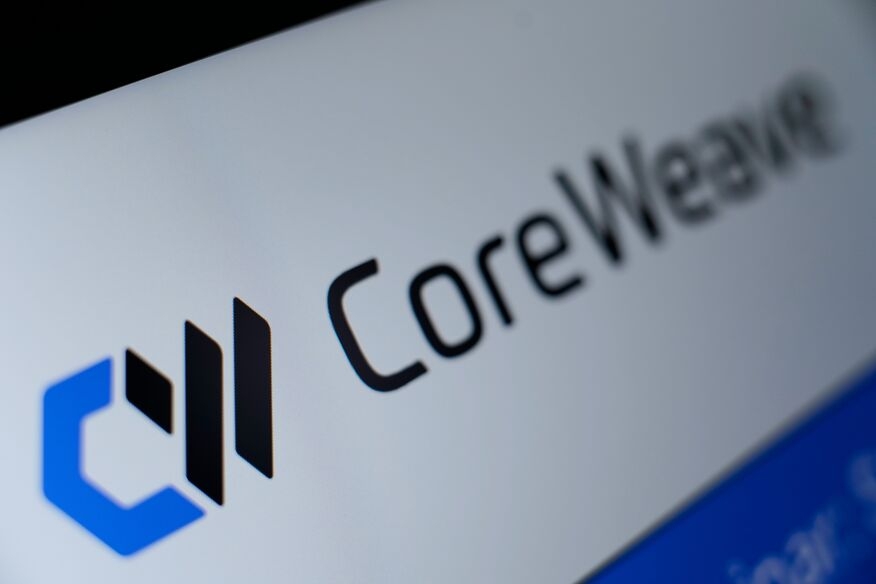Gct Semiconductor Sales Drop 19 Percent

Key Points
GAAP revenue of $1.2 million missed analyst estimates by 47.8% in Q2 FY2025, dropping 19.0% year over year (GAAP).
GAAP EPS was $(0.26) in Q2 FY2025, falling short of the $(0.14) GAAP estimate and slipping from $(0.02) (GAAP) in Q2 FY2024.
Gross margin shrank sharply to 32.0% (GAAP) in Q2 FY2025, down 30.7 percentage points from the prior-year period.
Gct Semiconductor (NYSE:GCTS), a fabless chip designer specializing in 4G and 5G modem solutions, reported second quarter 2025 results on August 12, 2025. The company reported GAAP net revenue of $1.2 million in Q2 FY2025, which fell significantly short of the $2.3 million analyst expectation (GAAP). GAAP earnings per share (EPS) was a loss of $(0.26) in Q2 FY2025, underperforming the analyst consensus of $(0.14) GAAP. Sharp margin contraction, elevated operating losses, and a larger net loss marked the quarter (GAAP). Management highlighted progress toward commercial 5G chipset production, but overall, the quarter reflected continued transition-related challenges and persistent financial and operational risks.
| Metric | Q2 2025 | Q2 2025 Estimate | Q2 2024 | Y/Y Change |
|---|---|---|---|---|
| EPS (GAAP) | $(0.26) | $(0.14) | $(0.02) | -1,200.0 % |
| Revenue (GAAP) | $1.2 million | $2.3 million | $1.5 million | (20.0 %) |
| Gross Margin | 32.0 % | 62.7 % | (30.7) pp | |
| Total Operating Expenses | $8.0 million | $8.0 million | 0.0 % | |
| Net Loss | $(13.5 million) | N/A | N/A |
Source: Analyst estimates provided by FactSet. Management expectations based on management's guidance, as provided in Q1 2025 earnings report.
Company Overview and Business Focus
Gct Semiconductor (NYSE:GCTS) develops and supplies 4G and 5G modem chipsets for wireless devices and infrastructure. Its designs target products such as smartphones, gateways, and modules for fixed wireless access (FWA) networks, as well as the growing Internet of Things (IoT) market. The company’s proprietary multi-antenna technology enables up to eight antennas in a single device, enhancing performance and coverage for high-demand wireless applications.
The company’s business priorities recently have centered on two critical areas. First, it aims to successfully commercialize its inaugural 5G chipset, transitioning from legacy 4G offerings to capitalize on new market opportunities. Second, it is deepening strategic partnerships with telecom equipment makers and wireless operators through joint development agreements. Success for Gct Semiconductor depends on achieving mass-market 5G adoption, maintaining technological differentiation, and securing the financial means needed to support this transition.
Quarterly Highlights and Performance Details
The company missed both revenue and earnings expectations on a GAAP basis, with GAAP revenue dropping to $1.2 million. This marked a 19.0% decline from the prior-year period (GAAP). and was $1.1 million below consensus (GAAP). This was attributed to muted sales in both service and product lines, primarily due to the absence of 5G platform shipments in the quarter. GAAP net loss was $13.5 million. Net loss per share (GAAP) expanded to $(0.26), compared with a GAAP loss of $(0.02) in Q2 FY2024.
Gross margin (GAAP) contracted sharply to 32.0% from 62.7% compared to the prior-year period—a drop of 30.7 percentage points in gross margin. Operating expenses held flat at $8.0 million versus the same period last year, with research and development investment moderating as core 5G chipset development moved into final sampling and evaluation stages.
Segment revenue data show that product sales (GAAP) rose to $0.4 million, compared to $0.018 million in Q2 2024—reflecting early-stage sampling of 5G chipsets to customers such as Orbic and Airspan. However, service revenue, which historically carries higher margins for the company, declined to $0.77 million from $1.45 million a year ago, based on GAAP results. The drop in service revenue placed further strain on overall profitability and cash generation.
Among operating milestones, the company shipped its first samples of its new 5G modem chipset to lead customers including Orbic North America and Airspan Networks. It also continued to expand its partnership ecosystem. Key agreements during the period included collaboration with Iridium Communications Inc. to integrate satellite connectivity via non-terrestrial networks (NTN) and a joint effort with Giesecke Devrient to develop electronic Subscriber Identity Module (eSIM) solutions for IoT devices. To address liquidity needs, the company completed an $11 million registered direct equity offering in Q2 2025 and expanded its financing programs, providing additional short-term resources for debt reduction and ongoing 5G development.
No new intellectual property patents were reported in the filing, but management highlighted a portfolio of roughly 86 active patents supporting both 4G and 5G silicon products as of December 31, 2024. The company’s technology focus continues to differentiate its offerings by enabling advanced multi-antenna configurations—a key requirement for telecom operators seeking efficient and high-quality FWA deployments.
No new dividend was declared, and no trend or change regarding dividends was disclosed.
5G Chipset Ramping, Partnerships, and Forward Progress
The most important operational progress for the period involved the transition to 5G chipset commercialization. Management noted that it has delivered initial production samples of its 5G modem to customers, entered the mass production coordination phase, and expects to commence full-scale manufacturing in Q3 FY2025. According to management, “The ‘Year of 5G’ is progressing steadily,” with commercial volume shipments forecast to begin in Q4 2025. Recent public remarks from executives reinforce that the average selling price for 5G chips is anticipated to be approximately four times that of legacy 4G offerings, with this impact expected to begin in the second half of FY2025.
During the quarter, new and existing partnerships were emphasized as strategic levers for growth. Orbic North America and Airspan Networks began testing and sampling the company’s 5G modules for fixed wireless devices and gateways. The announced agreement with Iridium is intended to integrate satellite connectivity into devices using the company’s GDM7243SL system-on-chip for the non-terrestrial IoT market. It is also partnering with Giesecke Devrient to launch eSIM solutions for IoT devices.
Competitive positioning remains a key area of focus as Gct Semiconductor attempts to establish itself as a viable alternative to established suppliers such as Qualcomm. The company highlights the appeal of its technology and business model for mid-sized FWA customers, offering lower initial licensing costs and more flexible solution design.
On the balance sheet, the company faces persistent liquidity constraints. As of June 30, 2025, cash and equivalents totaled $1.3 million (GAAP), down from $1.4 million at December 31, 2024. Borrowings increased to $46.7 million, while the company’s stockholders’ deficit widened to $(70.0) million. While the registered direct offering and expanded financing capacity provide some room for maneuver, ongoing negative cash flow and delayed 5G revenue ramp will remain central risks. Any delays in 5G mass production or weaker-than-anticipated customer demand could force further capital raises.
Outlook and Investor Focus Points
Management described Q2 FY2025 as “the final stage ahead of commercialization” for its 5G product suite. Mass production of 5G chipsets is on track to start in Q3 FY2025, with commercial volume shipments planned for the fourth quarter of fiscal 2025. However, leadership did not provide quantitative financial guidance for the coming quarter or full fiscal year, though management projected that mass production of 5G chipsets would begin in the third quarter and volume shipments in the fourth quarter of fiscal 2025, nor any public projections regarding prospective revenue or unit shipment volumes.
For investors monitoring the company, the successful volume production and uptake of the new 5G chipset are critical markers. Beyond that, balance sheet health—especially liquidity and indebtedness—should remain front of mind. The sustainability of ongoing R&D and operating expenses, as well as continued progress in forging partnerships and joint development agreements, will also weigh on near-term results. GCTS does not currently pay a dividend.
Revenue and net income presented using U.S. generally accepted accounting principles (GAAP) unless otherwise noted.
Where to invest $1,000 right now
When our analyst team has a stock tip, it can pay to listen. After all, Stock Advisor’s total average return is 1,060%* — a market-crushing outperformance compared to 182% for the S&P 500.
They just revealed what they believe are the 10 best stocks for investors to buy right now, available when you join Stock Advisor.
*Stock Advisor returns as of August 11, 2025
JesterAI is a Foolish AI, based on a variety of Large Language Models (LLMs) and proprietary Motley Fool systems. All articles published by JesterAI are reviewed by our editorial team, and The Motley Fool takes ultimate responsibility for the content of this article. JesterAI cannot own stocks and so it has no positions in any stocks mentioned. The Motley Fool has no position in any of the stocks mentioned. The Motley Fool has a disclosure policy.





